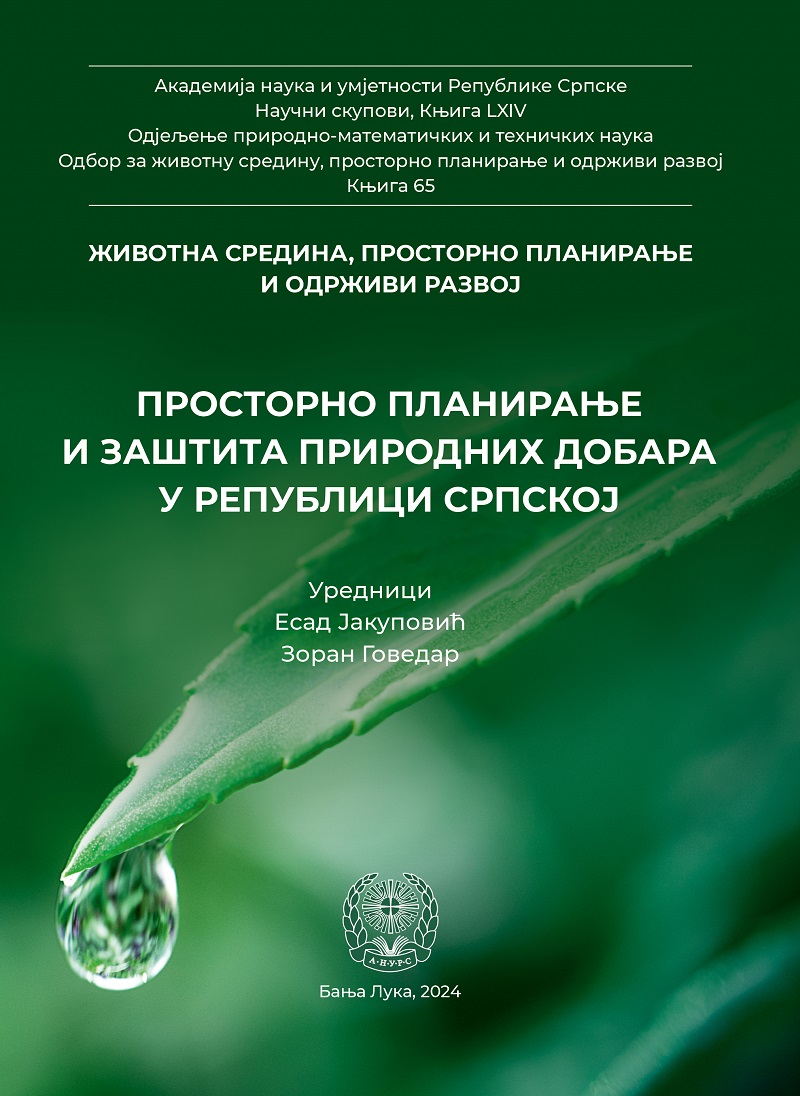MEDICINAL PLANTS OF THE NATIONAL PARK „SUTJESKA“: Agrimonia eupatoria L. (Rosaceae)
DOI:
https://doi.org/10.7251/ZSPPOR2402075SKeywords:
antioxidant activity, antidiabetic activity, phenolic compounds, oxidative stress, reactive oxygen species, BalkansAbstract
The National park „Sutjeska“ is located in the southeastern part of Bosnia and Herzegovina. This oldest and largest national park is characterized by significant biodiversity. The prevention and treatment of various diseases using medicinal plants is deeply woven into the traditions of the peoples of the Balkan Peninsula, including the area of the National park „Sutjeska“. Agrimonia eupatoria is a well-known medicinal plant used in traditional and conventional medicine. The aim of the paper was to compare the antidiabetic and antioxidant properties of the extract of A. eupatoria originating from our region with literature data. Analysis of the qualitative and quantitative content of phenolic components of A. eupatoria ethanolic extract from the Republic of Srpska revealed the presence of flavonoids, phenolic acids, coumarins, catechins and polyhydroxy ascorbic acid (quinic acid). The extract of A. eupatoria showed the best ability to inhibit -amylase and -glucosidase compared to the extracts of Salvia officinalis, Trifolium pratense, Cichorium intybus and Vinca minor, also originating from the territory of the Republic of Srpska. A. eupatoria ethanolic extract from the territory of the Republic of Srpska shows excellent antioxidant activity measured by ABTS and DPPH methods and a good ability to reduce Fe and Cu. The obtained results can be explained by the influence of the qualitative and quantitative composition of phenolic compounds in the extract, the different contributions of individual phenolic compounds from the extract, as well as their possible synergistic and antagonistic relationships.

